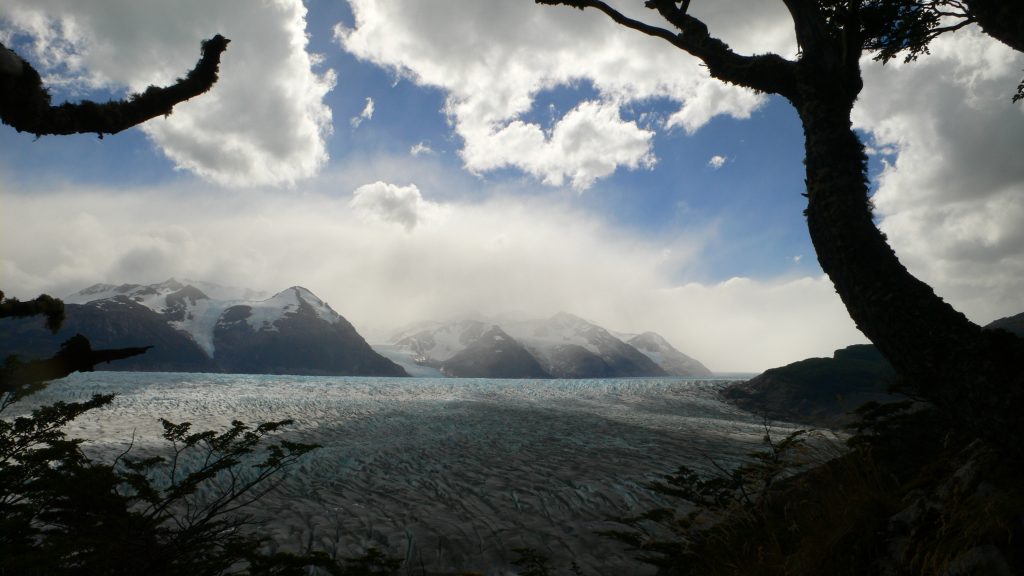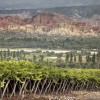Every year, millions of visitors from all over the world come to Patagonia, Argentina to explore its geography and tour its forests, lakes and snow-capped mountains in search of relaxation or adventure. But Patagonia has much more than beautiful postcards to offer. Its cuisine has become a tourist magnet and can often be found in food festivals of international stature, along with a brand new wine route. And now, guided by its flavours and aromas, the world´s tourists can discover a cuisine that is in full creative ferment.
Patagonian dishes
Patagonia offers a culinary tour de force extending from Neuquen to Tierra del Fuego, 2,500km of unforgettable flavors which is currently booming.
The best kept secrets are the raw materials that the region offers: excellent lamb fed on vast pastures and lakes of rainbow trout, while the cold waters of the sea provide crab, shrimp and black hake. In addition to this are internationally renowned fruits, such as pears and apples from the Alto Valle of Rio Negro, plus forest fruits, cassis, elderberry, blueberry and berries that ensure delicious sauces, dressings and desserts. Products that in the talented hands of local chefs, invite foodies from around the world to come to their restaurants hidden in enchanting nooks and crannies.
These products and flavors are celebrated at food festivals in the most important cities in the region, events that are attracting more and more international visitors. The most popular of these are Comodoro Invita and Madryn al Plato, both in the province of Chubut, Cocina por los Siete Lagos, in Neuquen, Bariloche a la Carta, in Rio Negro, and Ushuaia a Fuego Lento, the southernmost food festival in the world.
These meetings are an ideal way to closely observe local talent like Mariana Müller, amongst the pots and pans of Cassis Patagonia in Bariloche, Mariano Couly of La Toscana, in Neuquen, Ernesto Vivian, of Kaupé in Ushuaia, or Emiliano Schobert, Argentine representative in the latest edition of the Bocuse D´Or.
The wineries in the region are echoing this new gastronomic explosion by choosing young, renowned chefs. For example, Ezequiel Gonzalez in the Saurus restaurant in Bodega Familia Schroeder and Pablo Buzzo in Bodega del Fin del Mundo. In each case, the menus are complemented by the natural wonders of the area and the aromas of Patagonian wines, an ideal accompaniment to every bite.
Wine Roads
The provinces of Neuquen and Rio Negro on the north border of Patagonia, not only have recognized ski resorts and leisure activities, but also the greatest number of wineries in the region. Its viticultural poles, Alto Valle de Rio Negro River and San Patricio del Chañar respectively, have created a wine route that can be covered in two days while enjoying other attractions like Jurassic parks and rivers crossings.
San Patricio del Chañar owes much of its reputation to Bodega del Fin del Mundo which has been in Neuquen for less than two decades. With over 800 hectares of vineyards and an annual production of eight million litres, it is the largest winery in the region, and its modern facilities are an ideal place to start for visitors. They offer various visitor programs including tours of the winery and vineyards, and tastings. Just twenty minutes away, you’ll find the rest of the wineries, very close to each other. Among those open to the public are Secreto Patagónico, Patritti, Valle Perdido, NQN y Familia Schroeder. The last two, with restaurants where chefs offer tasty menus based on local produce.
As for the wines, the intensive and expressive Malbec and the modern, deep Pinot Noir stand out as international ambassadors from the province.
To complete the journey, visit the Estepa de los Dinosaurios, a journey that takes you back in time to a region dominated by these ferocious animals. The Cañadón Escondido, measuring 20 km long and up to 80m deep, in the Patagonian wilderness, is the ideal getaway for lovers of history and photography. Here, without looking too hard you can find the prehistoric footsteps of giants.
Only forty minutes separates Neuquén from the Alto Valle de Río Negro, the cornerstone of Patagonian wine making. Humberto Canale settled here and started up the industry a little over a century ago. Today his family keeps his legacy alive in the original bodega, a place that invites you to discover the history of Patagonian wine. In this province, the wine is steeped in tradition, with wine made from old vines of Pinot Noir, Semillon, Merlot and Malbec. Next to Humberto Canale, is Bodega Agrestis, the entrepreneurship of the Girardelli family, specialists in the production of sparkling Pinot Noir.
Just thirty kilometres away from Mainque is a wonderful spot where you can discover Bodega Chacra and Noemía, establishments that catapulted the reputation of Patagonian Pinot Noir and Malbec. These remote and exclusive projects are visited only by appointment, but the paradise that surrounds them is well worth visiting.
A curious fate
If you can add an additional activity after a day visiting the wineries, Rio Negro offers a unique attraction, Bubalcó Zoo, one of the most modern in the world with an integrated environment that replicates the natural conditions of its inhabitants. But if the plan is to seek a more relaxed setting, enjoy the sunset on the nearby waters of the Rio Negro itself which promises to be unforgettable if it is accompanied by a glass of wine. Because as far as experiences go Patagonia offers the perfect plan: food, wine and scenery, in vast, dreamy virgin territory.



